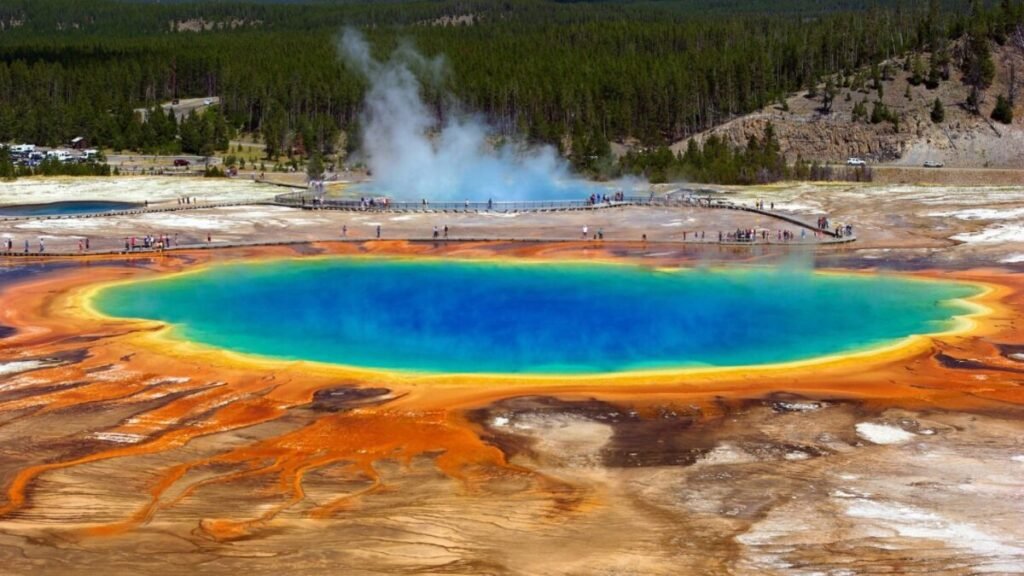The exciting discovery that’s shaking up the origins of life debate!

For years, scientists have grappled with a puzzling question: how did proteins, essential for life, come into existence when they can only be produced inside cells? A recent study from University College London may have provided a breakthrough. The researchers suggest that simple chemical reactions on early Earth could have led to the formation of amino acids and RNA in watery environments, offering insight into the origins of life.
### The mystery of proteins without cells
Proteins play crucial roles in the body, such as building bones and supporting the immune system. However, they cannot self-replicate and require ribosomes and DNA or RNA for guidance. The real challenge has always been understanding how proteins emerged before these components. Matthew Powner’s team demonstrated that under basic conditions in neutral water, amino acids could naturally bind to RNA.
### A surprising chemical discovery
The key factor was pantetheine, a compound that could have been abundant in early Earth’s lakes, according to previous research. In experiments, pantetheine reacted with amino acids to produce aminoacyl-thiol, which could bind to free RNA in water and kickstart protein synthesis. Powner noted, “this type of reaction would likely have occurred under Earth’s conditions 4 billion years ago.”
Although this discovery is groundbreaking, some experts caution that these reactions may only have occurred in warmer pond or lake environments, not in the oceans. Furthermore, the amino acid chains produced are disordered and lack the precise structure of modern ribosome-created proteins, raising questions about how randomness gave way to biological complexity.
This finding not only advances our understanding of life’s origins but also has implications for the search for extraterrestrial life. If similar conditions and compounds exist on other planets, they could potentially spark analogous processes. Aaron Goldman from Oberlin College described the research as “intriguing chemistry that illuminates the earliest steps of protein synthesis,” bringing us closer to unraveling the mystery of life’s beginnings on Earth.






